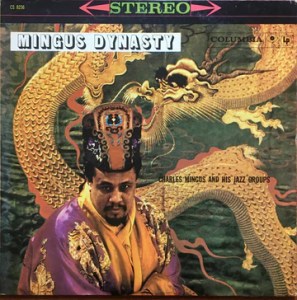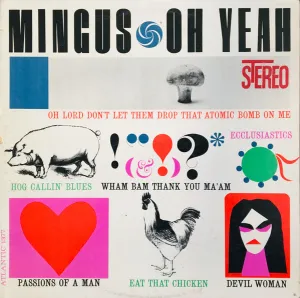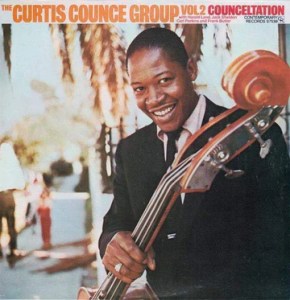 Hot Stamper Pressings of Contemporary Jazz Albums Available Now
Hot Stamper Pressings of Contemporary Jazz Albums Available Now
Roy DuNann Is One of Our Favorite Engineers
The sound of the OJC pressings of Carl’s Blues that we’ve played recently left a great deal to be desired.
They are thinner and brighter than even the worst of the ’70s and ’80s LPs we’ve auditioned. That is decidedly not our sound. It’s not the sound Roy DuNann was famous for, and we don’t like it either, although we have to admit that we did find the sound of many of these OJC pressings more tolerable in the past.
Our old system from the ’80s and ’90s was tubier, tonally darker and dramatically less revealing, which strongly worked to the advantage of leaner, brighter, less Tubey Magical titles such as this one. Pretty much everybody I knew had a system that suffered from those same afflictions. Like most audiophiles, I thought my stereo sounded great.
And the reality is that no matter how hard I worked or how much money I spent, I would never have been able to achieve much better sound for one simple reason: most of the critically important revolutions in audio had not yet come to pass. It would take many technological improvements and decades of effort until I would have anything like the system I do now.
Overview
Some OJC pressings are great — including even some of the new ones — some are awful, and the only way to judge them fairly is to judge them individually, which requires actually playing a large enough sample.
Since virtually no record collectors or audiophiles like doing that, they make faulty judgments – OJC’s are cheap reissues sourced from digital tapes, run for the hills! – based on their lack of rigor, among other things, when comparing pressings.
Those who fail to approach the problem of finding top quality pressings with an utter lacks of seriousness can be found on every audiophile forum there is. The youtubers are the worst, but are the self-identified aristocrats of audio any better? I see no evidence to support the proposition.
The methods that all of these folks have adopted do not produce good results, but as long as they stick to them, they will never have to worry about coming to grips with that inconvenient truth.
Reviews R Us
We’ve easily played more than a hundred OJC pressings, and here are reviews for some of the ones we’ve auditioned to date:
To be fair, we may have only had one copy of some of the OJC pressings we reviewed. Perhaps another copy would have sounded better, but we are so familiar with the sonic shortcomings of this series that one bad sounding copy was all we cared to bother with.
It would be hard to justify the time and expense of chasing after records that are unlikely to be much better than the copy we already know to have bad sound. That’s just the reality of the record business. There are so many good records that need auditioning, why bother with the second- and third-rate ones? (We’ve actually played less than 1% of all the newer Heavy Vinyl reissues for the same reason.)
(more…)





 Hot Stamper Pressings of Contemporary Jazz Albums Available Now
Hot Stamper Pressings of Contemporary Jazz Albums Available Now


